Actinic keratosis (AK) causes rough, scaly skin patches Left untreated, AK can lead to a skin cancer called squamous cell carcinoma The best way to prevent AK is to protect yourself from sun damage If you notice new red or rough bumps on your skin, call your healthcare provider for diagnosis and treatment Appointments Seborrheic Keratosis is a noncancerous raised skin growth on the top layer of the skin that is not contagious at all They exist in a variety of types; Long exposure of your skin to the harmful UV light from the artificial lamb can also result in serious skin damage You can develop sunburns, freckles, wrinkles, actinic keratosis, Melasma, age spots and even skin cancer Risk factors that cause sunspots Your skin can develop sunspots due to some predisposing factors

Actinic Keratosis Symptoms Causes Treatment And Cost
Actinic keratosis raised age spots on hands
Actinic keratosis raised age spots on hands- If you find a spot or growth on your skin that you think could be an actinic keratosis (AK), it's time for a thorough skin exam Should you have an AK, an accurate diagnosis and treatment can Reduce your risk of developing skin cancerActinic keratoses are a reflection of abnormal skin cell development due to DNA damage by short wavelength UVB They are more likely to appear if the immune function is poor, due to ageing, recent sun exposure, predisposing disease or certain drugs




12 Skin Conditions You Should Know About Everyday Health
SEBORRHEIC KERATOSIS "Old Age Spots" Although seborrheic keratoses (seboREEick kerahTOEsees) are often confused with warts, they are quite different Seborrheic keratoses are noncancerous growths of the outer layer of skin There may be just one growth or clusters They are usually brown but can vary in color from light tan Many people haven't heard of actinic keratosis even though it is a very common, and usually benign, skin condition It is one of the most common reasons patients come to Spectrum Dermatology, though initially patients confuse actinic keratosis—or AK—with sun damage, age spots, or liver spotsAK is caused by ultraviolet (UV) damage, either from sunSeborrheic keratosis is a skin growth that appears in adulthood Although they may be large and grow quickly, they are benign They are not caused by sun damage so they can be found in areas that are also usually covered by clothing Seborrheic keratosis tends to be genetic Initially, they appear as slightly raised, light brown spots and
These include the keratoses that grow on the head skin under the hair What causes Seborrheic Keratosis on the scalp? An actinic keratosis is a precancerous skin lesion These lesions often appear as rough spots on the skin and are caused by sun exposure orSeborrheic keratoses are skin growths that appear in adulthood, and although they may be large and grow quickly, they are benign SKs initially appear as slightly raised, light brown spots and evolve into darker, thicker lesions with rough, warty surfaces
A seborrheic keratosis usually appears as a raised round or oval scaly spot on the face, arms, chest or back Often, these growths appear two at a time over many years Typically, a seborrheic keratosis is small, usually with a maximum diameter of under an inch, and looks as if it has been pasted onto the surface of the skin Actinic keratoses are rough , scaly spots that form on sundamaged skin People with fair skin are more likely to develop actinic keratoses on sunexposed areas like the face, arms, hands, back of the neck, and upper chest Limiting time in the sun helps prevent the formation of actinic keratosesIt tends to lie flat against the skin of the head and neck, but appears as a bump on arms and hands The base of an actinic keratosis may be light or dark, tan, pink, red, or a combination of these Or it may be the same color as the skin The scale or crust may be horny, dry, and rough In some cases, it may itch or have a prickly or sore feeling Often, a person will have more than one actinic keratosis lesion Actinic keratoses
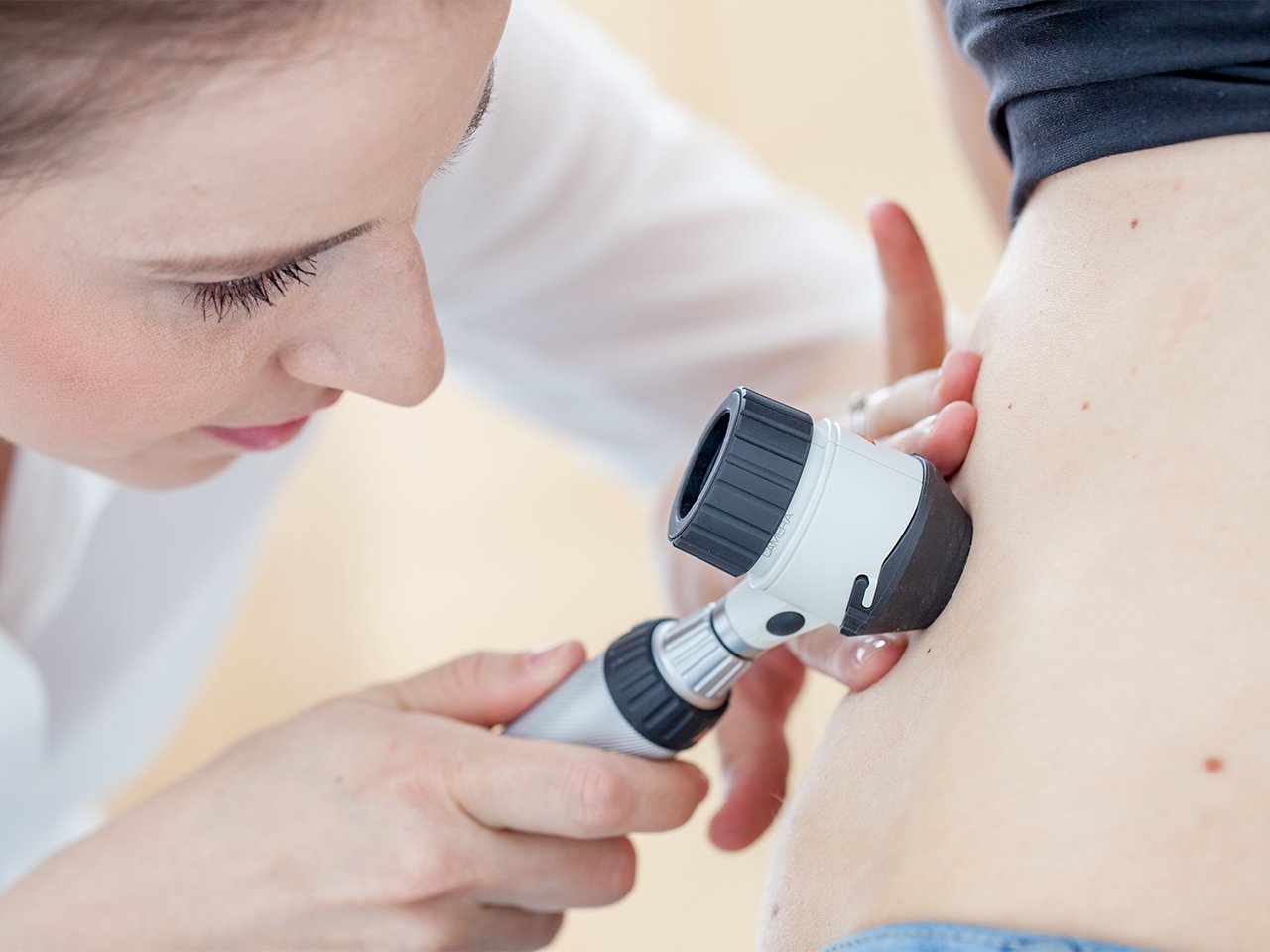



All The Weird Skin Changes You Might Notice As You Age Chatelaine
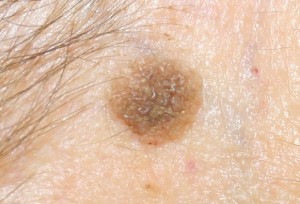



Common Skin Spot Treatments Boston Wellesley Krauss Dermatology
Seborrheic keratosis is a skin growth that appears in adulthood Although they may be large and grow quickly, they are benign They are not caused by sun damage so they can be found in areas that are also usually covered by clothing Seborrheic keratosis tends to be genetic Initially, they appear as slightly raised, light brown spots and Regularly applying organic virgin coconut oil to your actinic keratosis spots will eventually remove spots from your face, forehead, nose, scalp, and neck Initially, spots may turn red and burn a little, however, within a month;Age over 40 AKs are most common in people age 40 and older Warning Signs Detecting an actinic keratosis (AK) early gives you the opportunity to treat the lesion and prevent skin cancer before it starts When diagnosed promptly, almost all actinic




Actinic Keratosis Solar Keratosis



Seborrheic Keratoses
The exact cause of skin keratosis is unknown However, age does increase the risk of developing the condition Those aged 40 and above have a higher risk of developing seborrheic keratosis Genetics has also been found to play a role in the development of this skin conditionDetecting an actinic keratosis (AK) early gives you the opportunity to treat the lesion and prevent skin cancer before it starts When diagnosed promptly, almost all actinic keratoses (plural) can be successfully removed Left untreated, some AKs may progress to squamous cell carcinoma (SCC) Actinic keratosis is an occupational disease, which is mainly induced by sunlight, ultraviolet rays, radioactive heat, asphalt or coal, and its extracts The lesions are more common in sunexposed parts of middleaged men and older, such as the face, auricles, and back of hands Mainly manifested as a rough surface with visible keratinizing scales




Skin Disorders In Older Adults Benign Growths And Neoplasms Consultant360




Actinic Keratosis Symptoms Causes Treatment And Diagnosis Findatopdoc
A raised, roughfeeling patch that may be red, pink, skincolored, or gray The reddish, pink patch below this man's sideburn is an actinic keratosis Flat, scaly area that looks like an age spot AKs more commonly look like age spots in people who have skin of colorActinic keratoses start as thick, scaly, crusty skin patches These spots are usually the size of a small pencil eraser They usually show up on areas that are regularly exposed to the sun So, it's common to have actinic keratosis face spots, and spots on the lips, ears, hands, forearms, scalp, or neck Sometimes the area that is affectedA Common Precancer Actinic keratosis (AK) is the most common precancer that forms on skin damaged by chronic exposure to ultraviolet (UV) rays from the sun and/or indoor tanning Solar keratosis is another name for the condition AKs result from longterm exposure to ultraviolet (UV) radiation This means that if you already have an AK, you are likely to develop more actinic




Actinic Keratosis Symptoms Causes Treatment And Cost




6 Ways To Get Rid Of Age Spots On Your Hands Say Dermatologists
The spots from actinic keratosis can be similar to age spots When actinic keratosis is left untreated, it develops into a skin cancer called squamous cell carcinoma Therefore, you need to find out if you have this type of precancerous growth on your skinActinic Keratoses Age spots are not cancerous, nor do they lead to cancer However, on skin exposed to the sun, they may be accompanied by precancerous scaly, red elevations of the skin's surface called actinic keratoses which are "precancerous" or a "precancerous lesion" In fact, actinic keratoses develop slowly and reach a size of 1/8 to 1/4 of an inchThe spots can be oval and a fraction of an inch across, these bright cherryred or purple benign skin elevations or spots are formed from overgrowths of blood vessels2," Dr, black or yellow spots that appear on the neck, mix a little lime juice or tomato juice to the buttermilk before applying it to your skin, This hypertrophic actinic keratosis has a thickly keratotic surface, Your doctor can usually




Actinic Keratosis Pictures Causes And Prevention




Get To Know Your Skin Swiperx
Actinic Keratosis An actinic keratosis, also known as a solar keratosis, is a common premalignant skin lesion An actinic keratosis occurs when the cells that comprise 90 percent of the epidermis, the keratinocytes, change their size, shape or organization in a process called cutaneous dysplasiaThis alters the texture of the skin surface and may extend Actinic Keratosis and SkinActinic keratosis can often look and feel like Rough patch of skin that's easier to feel, rather than see (Sometimes it may feel like sandpaper) Uneven, scaly bumps that may look like pimples or spots of irritated skin Raised spots that may look like a rash Patch of skin that may be rough and red, pink, skincolored, or grayTreatments for actinic keratoses include prescription creams and gels freezing the patches (cryotherapy), this makes the patches turn into blisters and fall off after a few weeks surgery to cut out or scrape away the patches – you will be given a local anaesthetic first, so it does not hurt
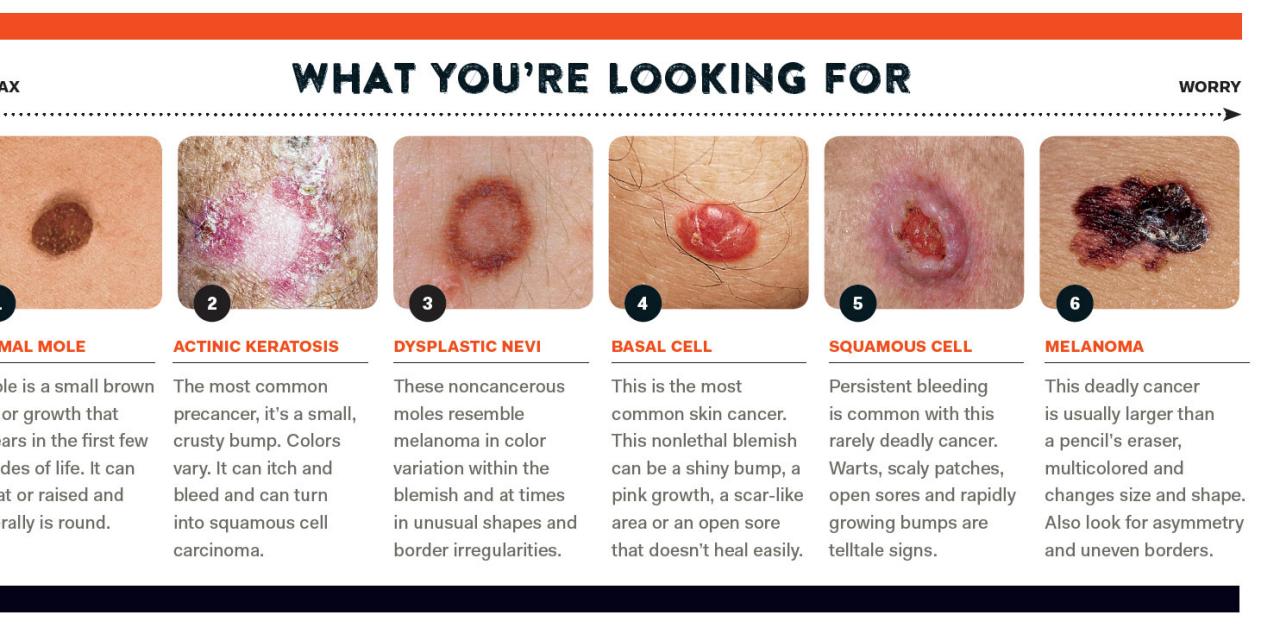



We Re In Trouble Skin Cancer Is On The Rise And Not Just For Golfers Golf Digest



Actinic Keratosis
As you get older, you may begin to notice rough, scaly spots appearing on your hands, arms, or face These spots are called actinic keratoses, but they're commonly known as sunspots or age spots People most at risk for developing actinic keratosis are Typically over the age of 40 Live in a sunny/warmer climate Are known to develop intense sunburns Constantly exposes skin to the sun People with pale skin, freckles, lightcoloured eyes (blue or lighter), and blonde or red hair Have previously had actinic keratosis or skin cancerSigns and Symptoms of Actinic Keratosis Actinic keratosis can appear as red or brown, irregular spots or patches on the skin They are also sometimes severely raised, patchy, or even scaly Due to their similarity in appearance to age spots, they are often confused with age spots




12 Skin Conditions You Should Know About Everyday Health
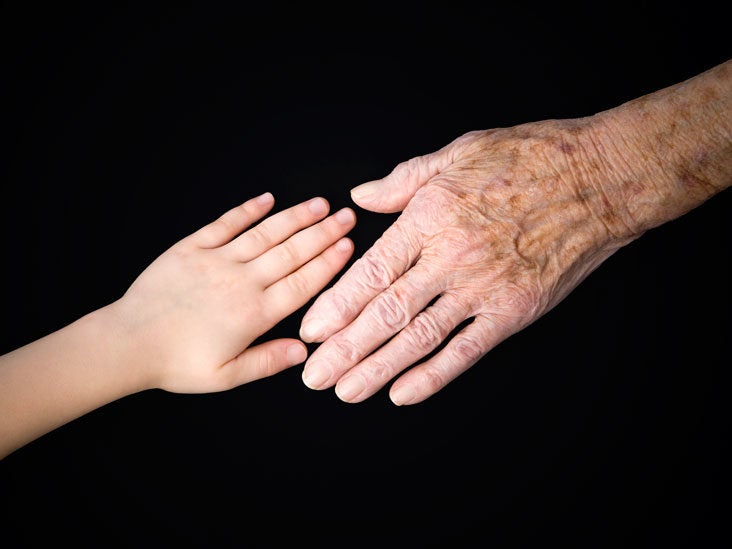



Actinic Keratosis Causes Symptoms And Treatment
Actinic keratosis usually develops in areas that receive frequent, intense, or prolonged UV exposure to the sun or artificial UV rays like those used in tanning beds While a sunburn can happen immediately following UV exposure, other forms of sun damage like wrinkles, age spots, and actinic keratoses are caused by years or even decades of accumulated damageThere are many causes that lead to growth of skin tumors of the scalp As you age, you may begin to notice rough, scaly spots on your hands, arms, face, scalp, and neck These spots are called actinic keratosis, but they are usually called sunspots or age spots Actinic keratosis is the scientific name of crusty patches Crusty patches are scaly spots or patches on the surface of the skin



1



Should Actinic Keratosis Be Removed Balmonds
Skin Cancer Skin cancer occurs when skin cells start growing abnormally and cause cancerous growths Most skin cancers develop on the visible outer layer of the skin (the epidermis), particularly in sunexposed areas such as the face, head, hands, arms, and legs Actinic keratosis, also called solar keratosis, is a precancerous skin lesion usually caused by too much sun exposure It can also be caused by other factors such as radiation or arsenic exposure If left untreated, actinic keratoses can develop into a more invasive and potentially disfiguring skin cancer called squamous cell carcinoma Actinic Keratosis An actinic keratosis (also known as a solar keratosis) is the most common skin condition caused by sun damage It is the result of skin being damaged by the sun over many years Actinic keratoses are usually rough, scaly patches on sunexposed areas such as the head and face
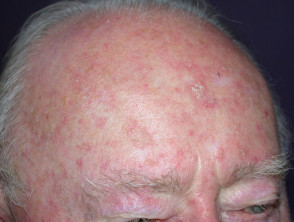



Actinic Keratosis Dermnet Nz
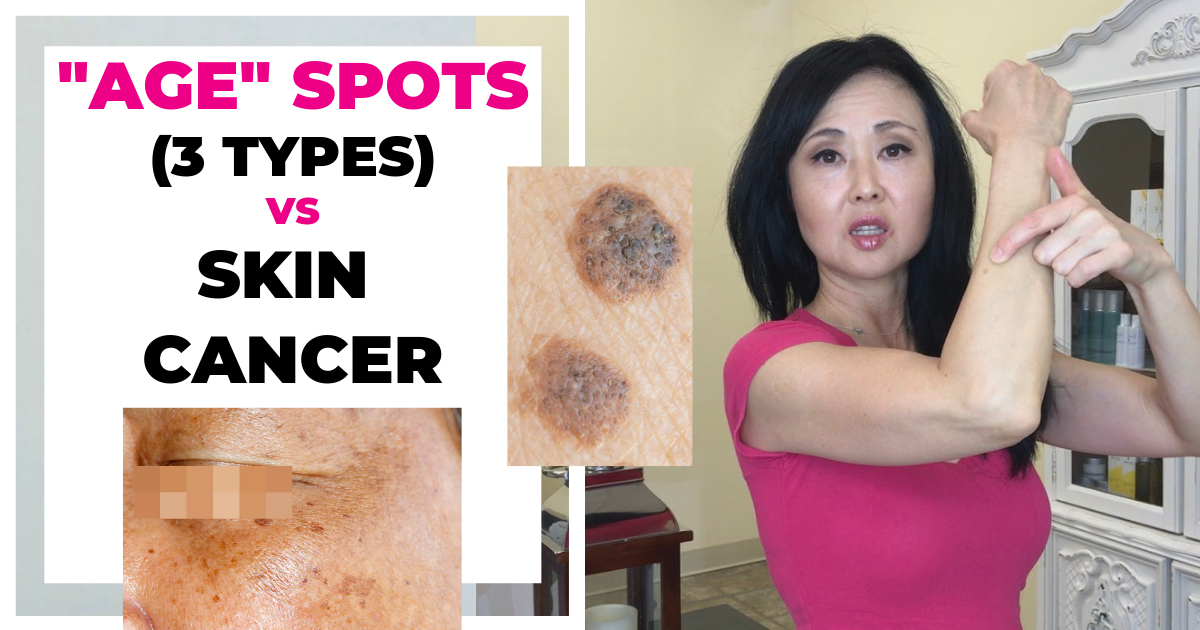



Age Spot Vs Skin Cancer
Yes, it is slow and it requires a lot of patience but it cures the skin completely Types of natural remedies for actinic keratosis Following the most effective types of natural remedies for actinic keratosis Apple Cider Vinegar; Another type of skin change that you'll want to watch for is solar keratosis, also known as actinic keratosis Unlike sun spots, which are smooth, darker spots on your skin, solar keratosis are clear, red, pink or tan spots that feel scaly or rough to the touch These are not a form of skin cancer, but they can be a stepping stone to skin cancerYou should notice a softening of the skin as the spots start to vanish
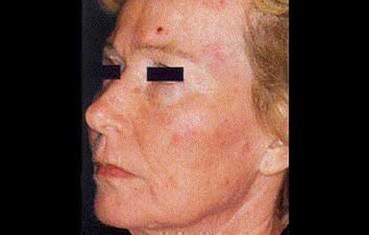



Actinic Keratosis Pariser Dermatology
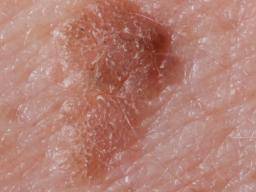



Actinic Keratosis Pictures Causes And Prevention
People with actinic keratosis are more likely to develop melanoma also Sun exposure is the cause of almost all actinic keratoses Sun damage to the skin accumulates over time It is lifetime sun exposure, not recent suntanning that adds to your risk Up to 80% of sun damage is thought to occur before the age of 18 Actinic keratosis is a spot on the top layer of skin that generally develops in adults and is precancerous Like many changes in the skin that occur over our lives, sunlight exposure causes these spotsApple cider vinegar has some amazing effects on the body



Difference Between Actinic Keratosis And Seborrheic Keratosis Difference Between




Actinic Keratosis Causes Symptoms And Treatment
Actinic keratosis is a skin condition caused by bumpy lesions and rashes that usually occurs in people over the age of 40 years It is considered a precursor to skin Actinic keratoseis are precancerous skin growths due to excess sun exposure These growths are also called solar keratosis The growths look like dry crusty patches that are slightly raised They may be red, tan, fleshtoned, or pinkIt not only works as an external remover, it's also a very powerful internal cleanser To use as an external remover simply use a cotton swab dipped in apple cider vinegar and dab it on the spot for a couple of minutes Do this 3 times a day and you will find that in



What Is The Difference Between An Age Spot And A Mole Are Age Spots Ever Cancerous Quora




Actinic Keratosis Vs Seborrheic Keratosis Vujevich Dermatology




Actinic Keratosis Skin Spot Treatment Crutchfiled




Hammerling Got Crusty Patches On Your Body It Could Be This
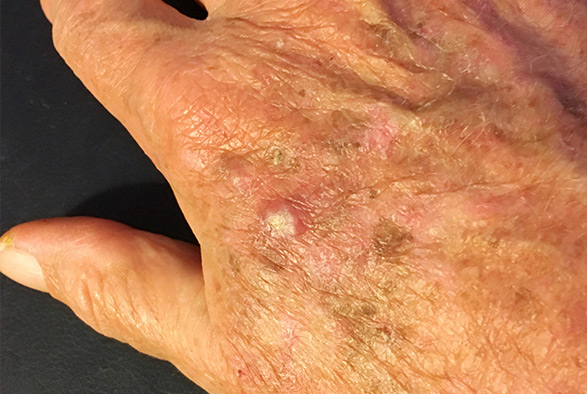



Actinic Keratosis Long Island Skin Cancer Skin Cancer Treatment




Most Actinic Keratosis Can Be Managed With Topical Treatments Implementing Guidelines Guidelines In Practice
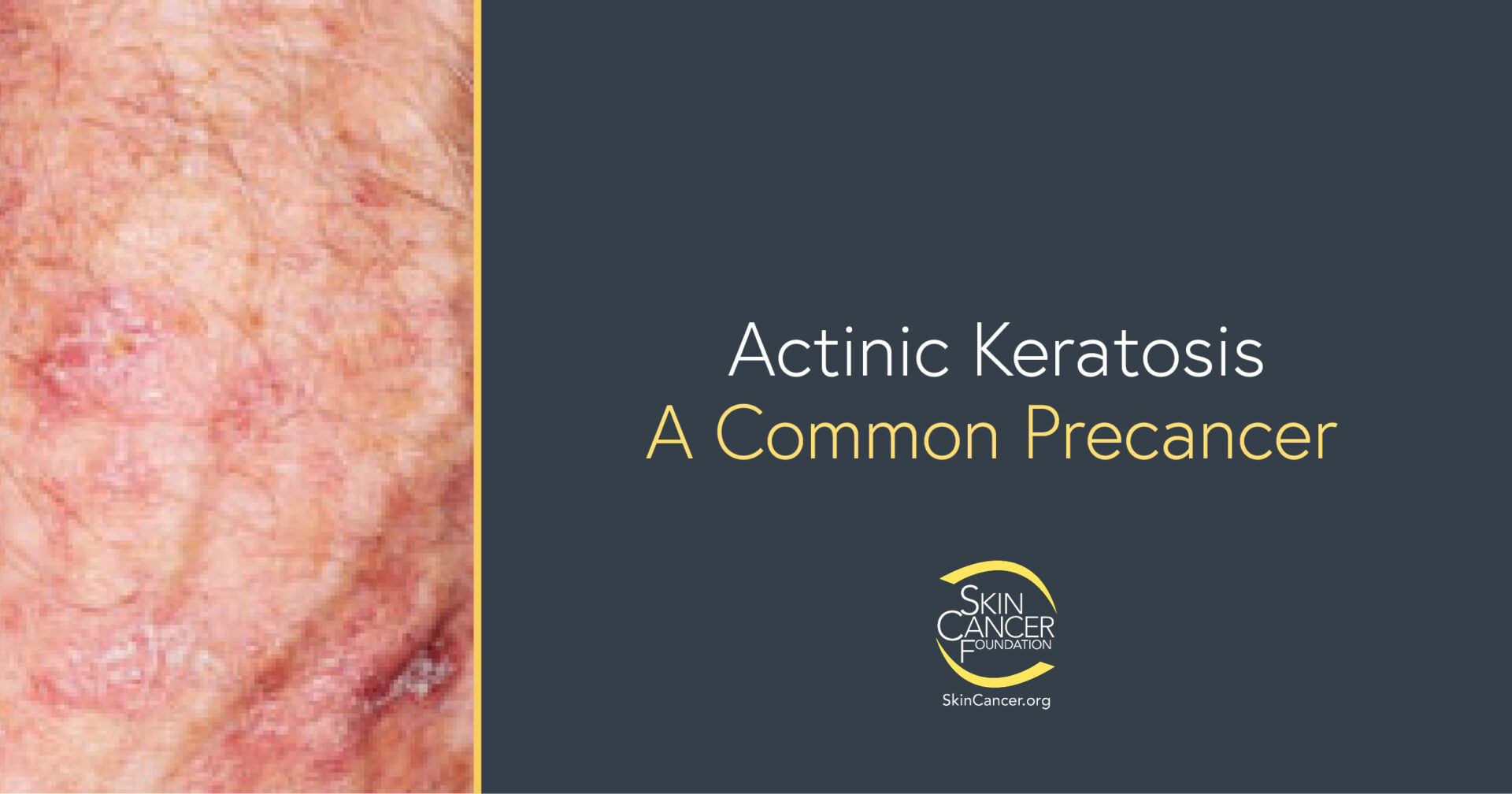



Actinic Keratosis The Skin Cancer Foundation



Content Blocks Archive Fraser Medical Clinic
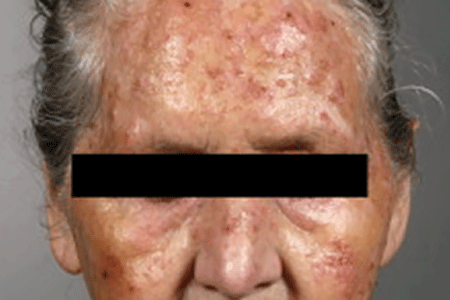



Actinic Keratosis Signs And Symptoms




Actinic Keratosis Causes Symptoms And Treatment




Skin Lesions Intechopen
/GettyImages-1249064202-02e2dd051ecb49aa98c904ddace7b0f0.jpg)



What Does Squamous Cell Carcinoma Look Like
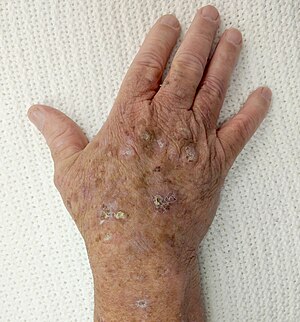



Actinic Keratosis Wikipedia
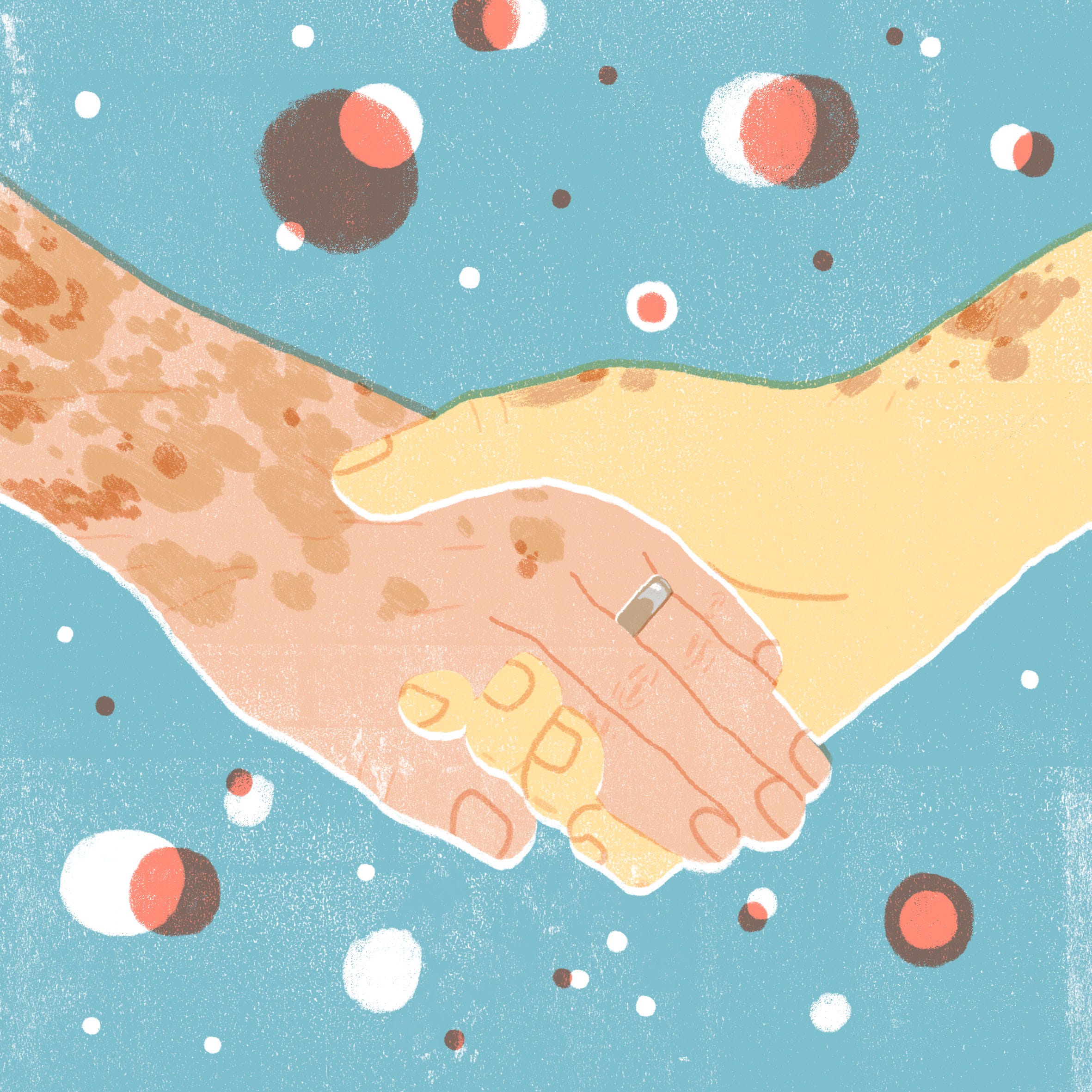



What Are These Age Spots On My Face Elemental




Actinic Keratosis Stratum Dermatology Clinics




Spots That Appear On Your Skin That Aren T Moles Avail Dermatology
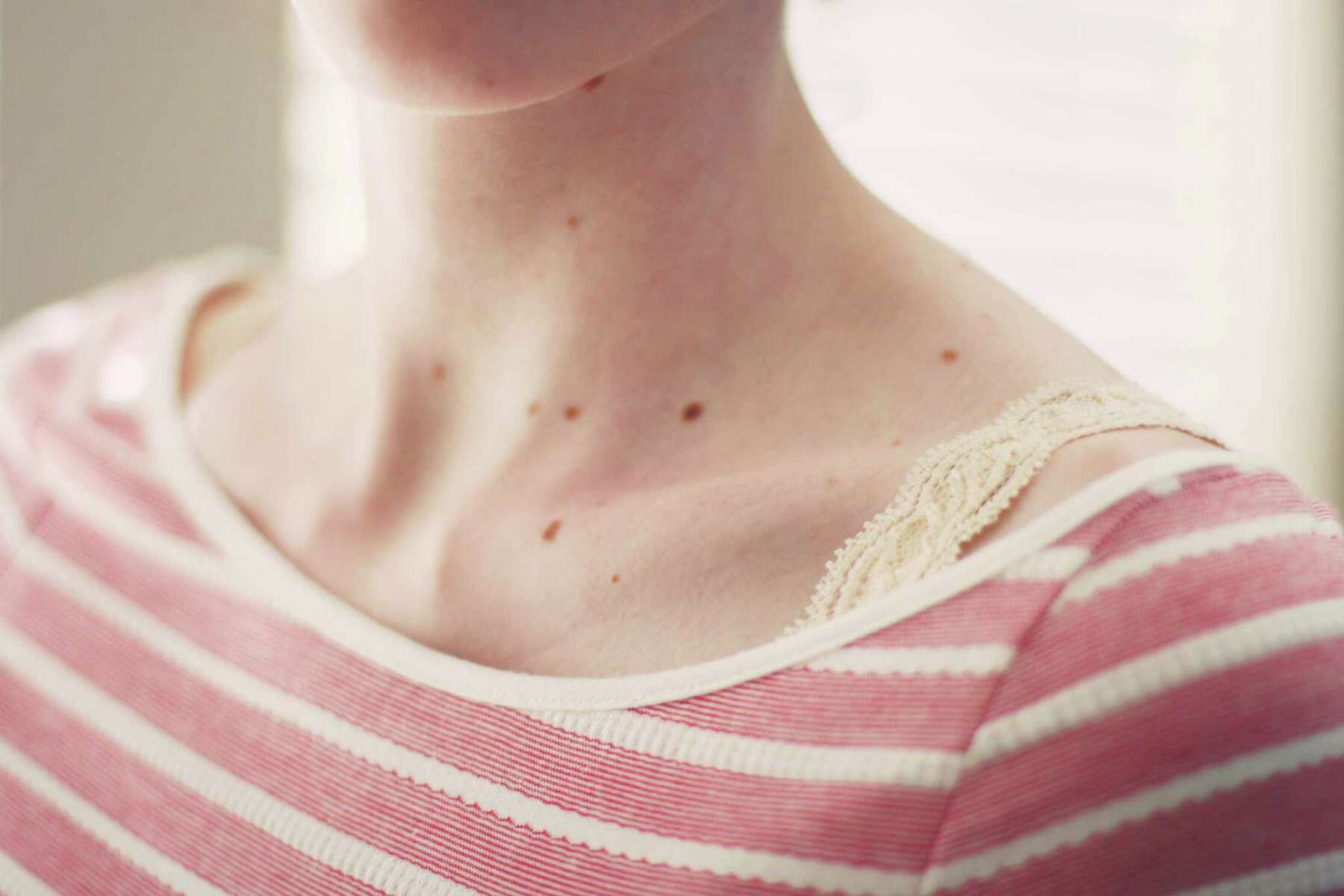



13 Photos Of Skin Spots And What Caused Them




Actinic Keratosis Solar Keratosis Sun Spots Dermatology Advisor
:max_bytes(150000):strip_icc()/GettyImages-1198139374-dabd6c5191464f8498fc8b671702df68.jpg)



What Does Early Skin Cancer Look Like
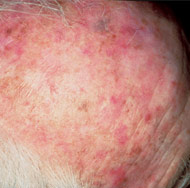



Actinic Keratosis Warning Signs And Images The Skin Cancer Foundation




Actinic Keratoses Treatment Clinic Uk The Dermatology Clinic London




Actinic Keratosis Solar Keratosis Sun Spots Dermatology Advisor
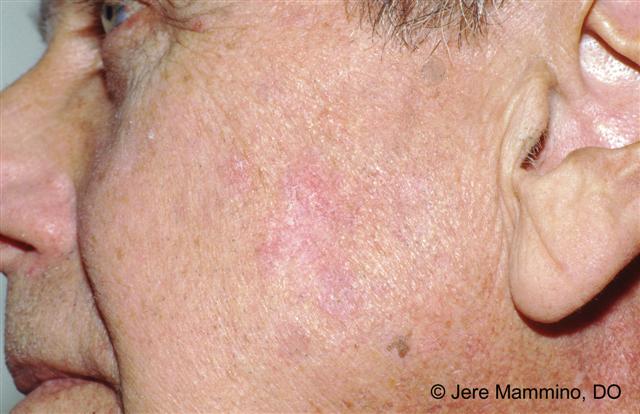



Actinic Keratosis American Osteopathic College Of Dermatology Aocd
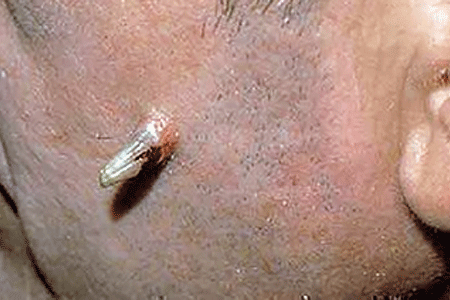



Actinic Keratosis Signs And Symptoms




Actinic Keratosis Warning Signs And Images The Skin Cancer Foundation




Pre Cancerous Spot Is Actinic Keratosis Serious
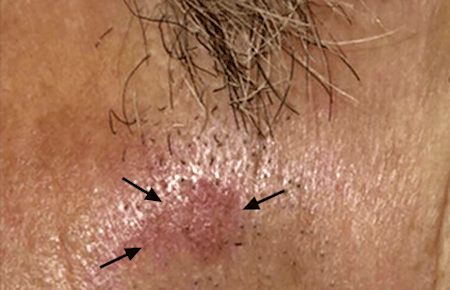



Actinic Keratosis Signs And Symptoms
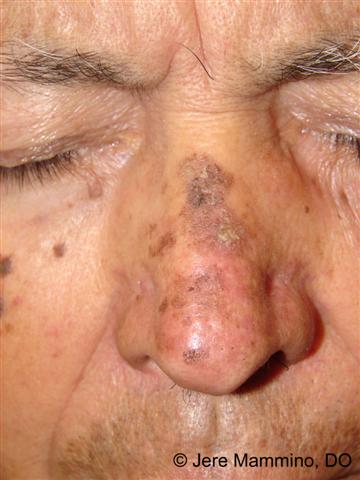



Actinic Keratosis American Osteopathic College Of Dermatology Aocd
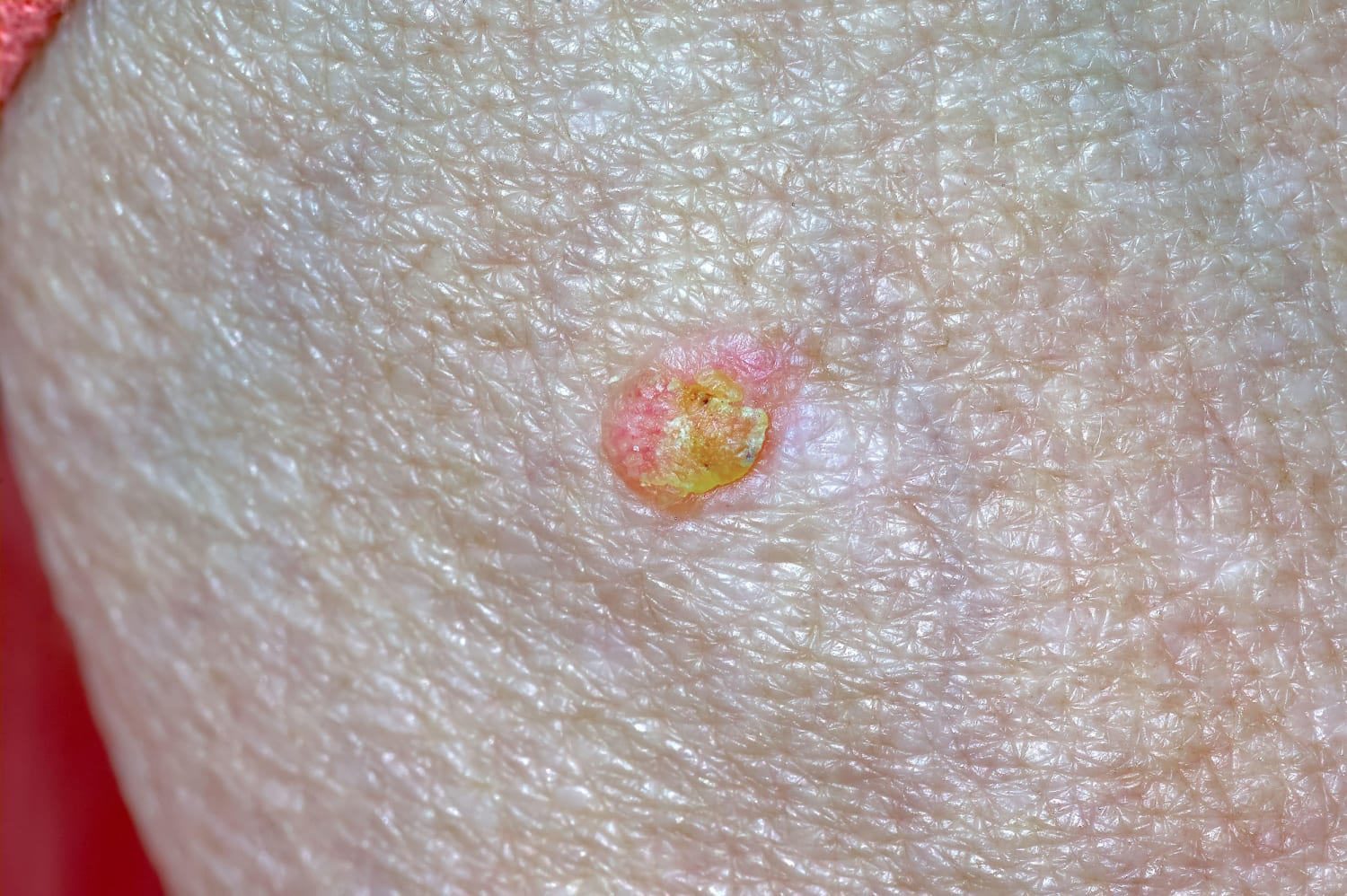



Actinic Keratosis Pictures Symptoms And Causes Today
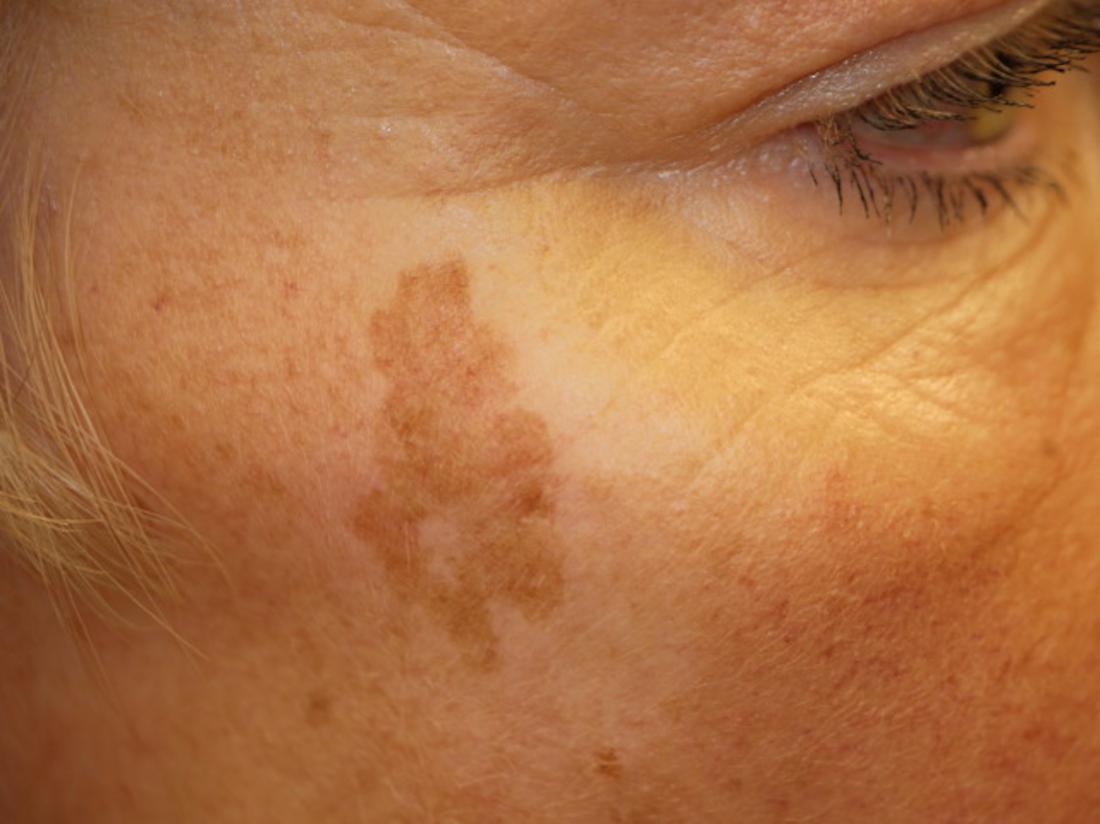



Age Spots Causes Symptoms And Treatment




Actinic Keratosis Warning Signs And Images The Skin Cancer Foundation
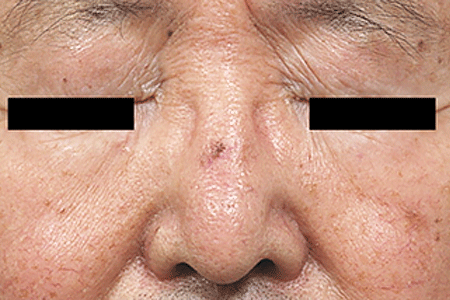



Actinic Keratosis Signs And Symptoms
:max_bytes(150000):strip_icc()/actinic-keratosis-skin-cancer-154918858-599b4c65519de20011f7f51a.jpg)



Pictures Of Moles Nevus Actinic Keratosis Psoriasis




Skin Problems Weird Conditions Associated With Aging
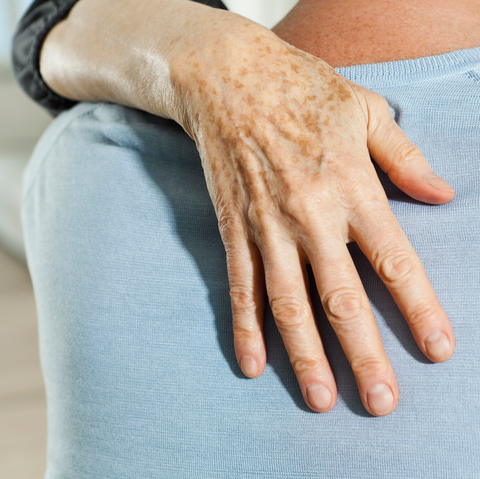



6 Ways To Get Rid Of Age Spots On Your Hands Say Dermatologists
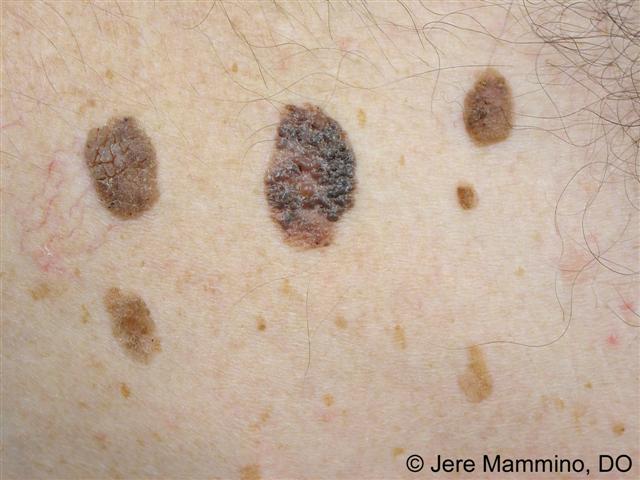



Seborrheic Keratoses American Osteopathic College Of Dermatology Aocd
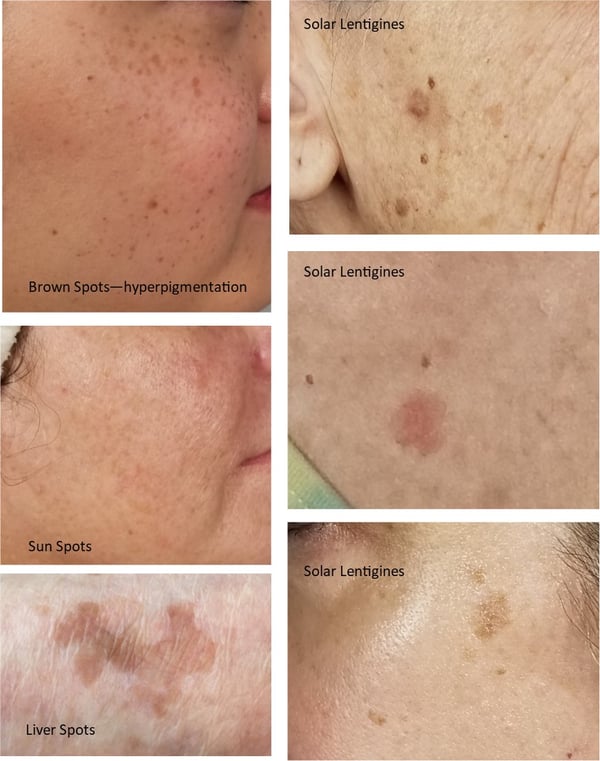



How To Remove Brown Spots




Seborrheic Keratosis Wikipedia




Actinic Keratosis Pictures Causes And Prevention
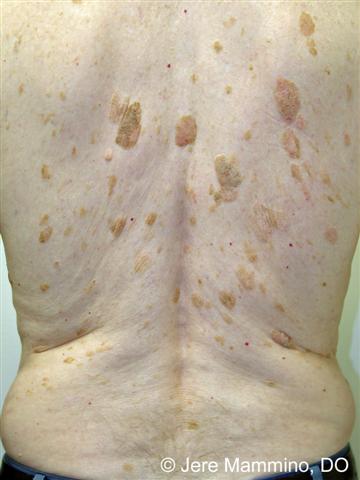



Seborrheic Keratoses American Osteopathic College Of Dermatology Aocd




Skin Cancer Awareness Month Is Northeast Dermatology Associates
/arc-anglerfish-tgam-prod-tgam.s3.amazonaws.com/public/FGWRCVTVWVDLPPT5SRTSQ6PONI)



Skin Spots That Appear With Age Don T Have To Be A Permanent Fixture The Globe And Mail




Keys To Diagnosing And Treating Actinic Keratosis



Actinic Keratosis Santa Maria Ca Dermatologist
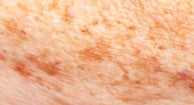



Actinic Keratosis Causes Symptoms And Treatment




Keys To Diagnosing And Treating Actinic Keratosis
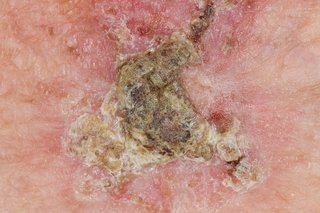



Actinic Keratoses Solar Keratoses Nhs
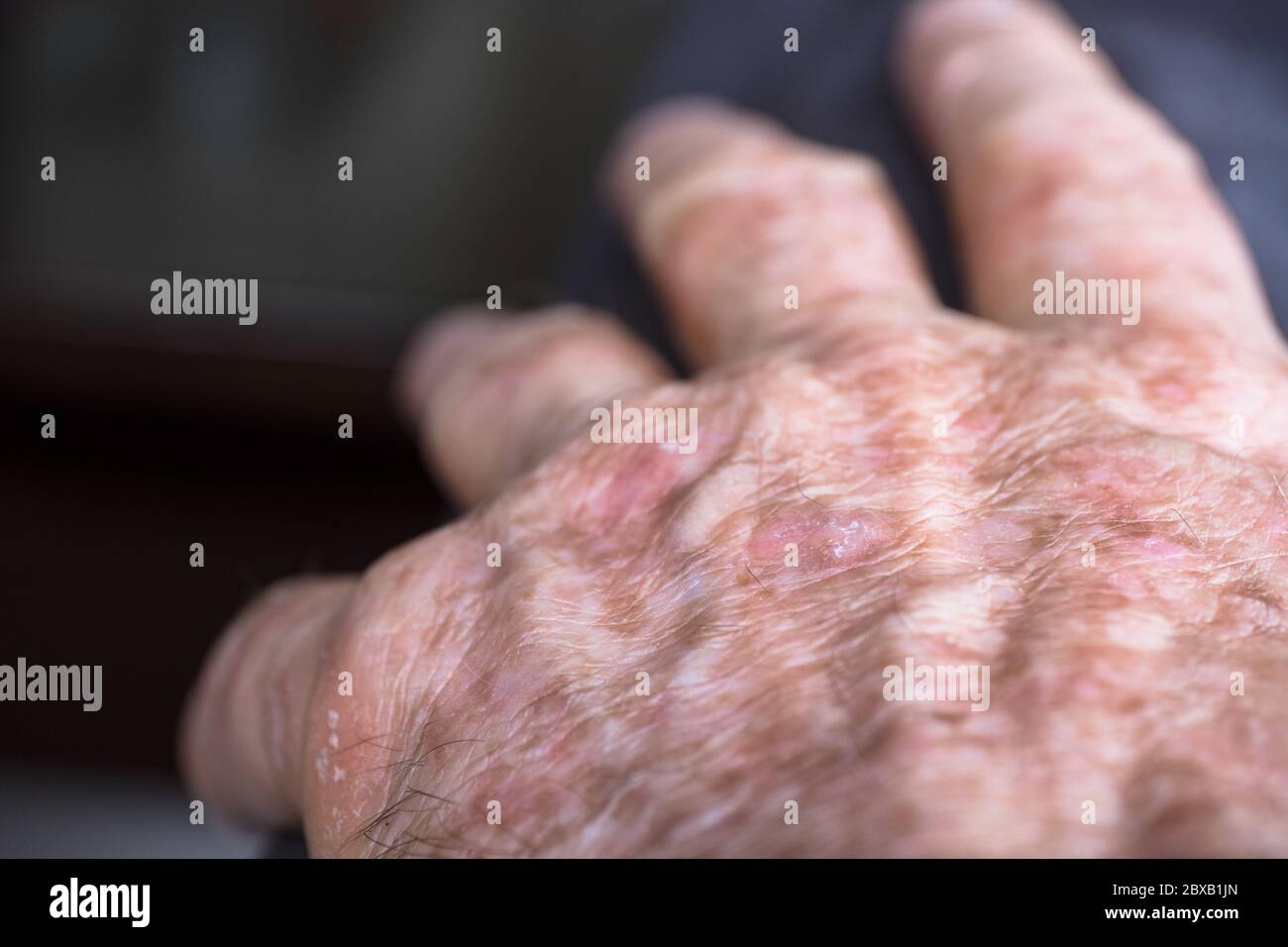



Lesions Of Actinic Keratosis Or Sunspots On Sun Damaged Skin Of The Hand Of A Man This Can Be Treated With Cryosurgery Or Certain Ointments Stock Photo Alamy
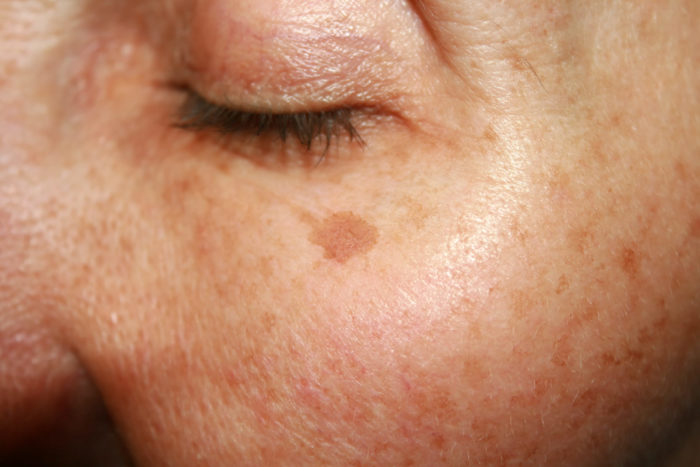



Age Spots Barnacles On The Ship Of Life Age Spots Wellesley Hills Krauss Dermatology
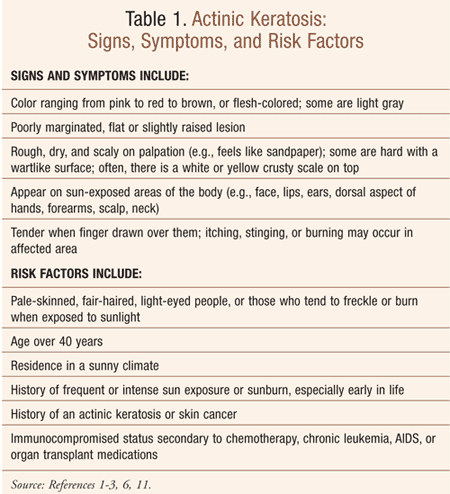



Actinic Keratosis Treating A Potential Malignancy
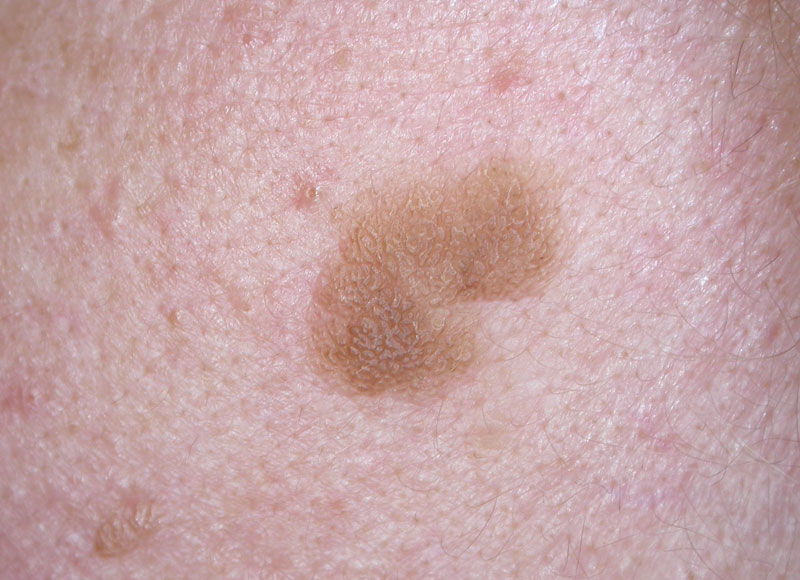



Skin Blemish Removal Incl Mole Removal Skin Removal Medical Skin Clinic Burnley Lancashire




Actinic Keratosis Pictures Symptoms And Causes Today




Seborrheic Keratosis Picture Image On Medicinenet Com
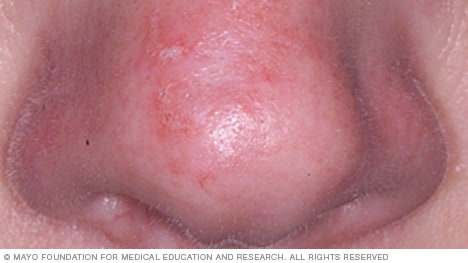



Slide Show Sun Damage Mayo Clinic




Actinic Keratosis Solar Keratosis Picture Image On Medicinenet Com



Actinic Keratosis Santa Maria Ca Dermatologist




Keratosis Seborrhoeic Overview Altmeyers Encyclopedia Department Dermatology




Skin Problems Weird Conditions Associated With Aging
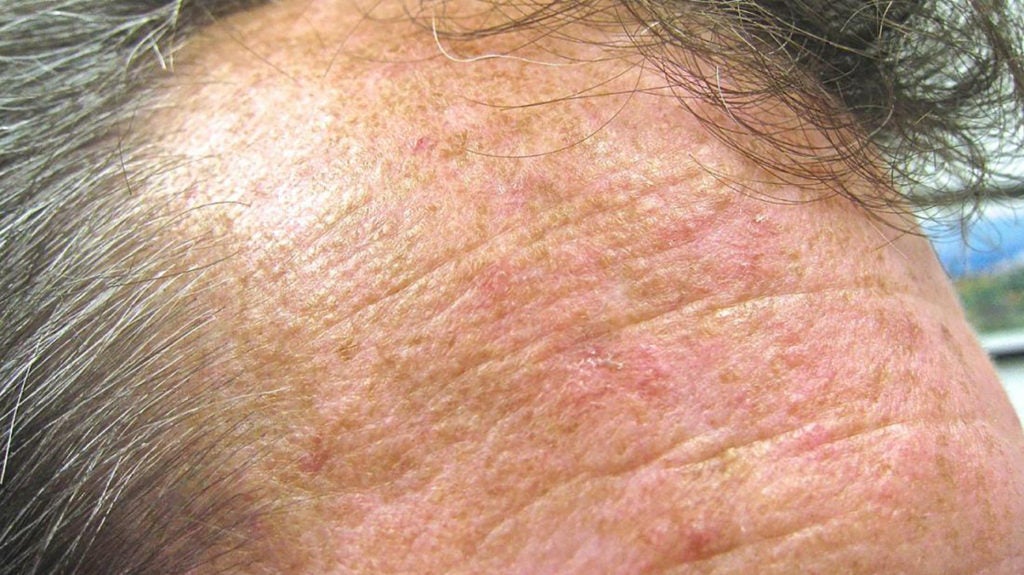



Actinic Keratosis Pictures Causes And Prevention




Treatment And Management Of Actinic Keratosis
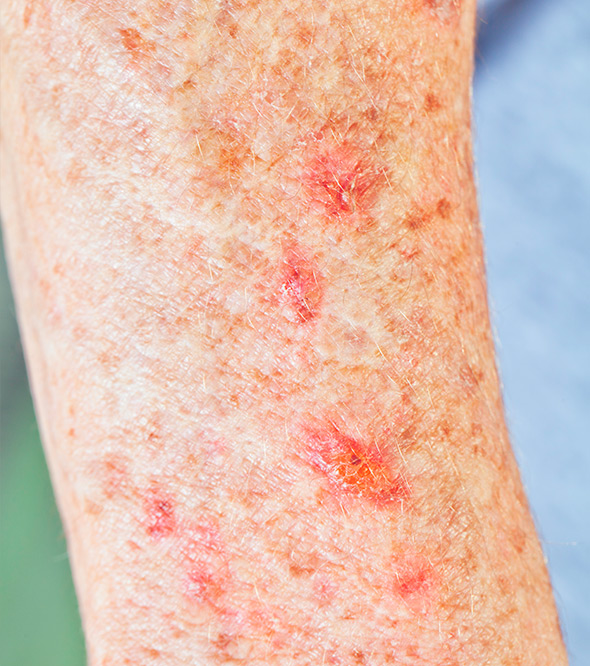



Actinic Keratosis Long Island Skin Cancer Skin Cancer Treatment
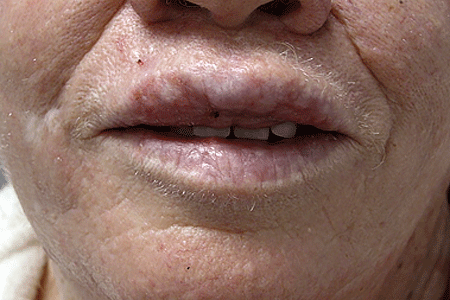



Actinic Keratosis Signs And Symptoms




Skin Problems Weird Conditions Associated With Aging




Keys To Diagnosing And Treating Actinic Keratosis



What Is Actinic Keratosis Academic Alliance In Dermatology
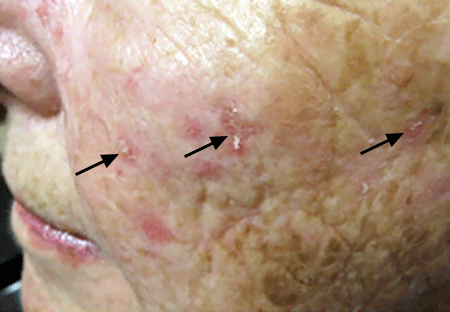



Actinic Keratosis Signs And Symptoms
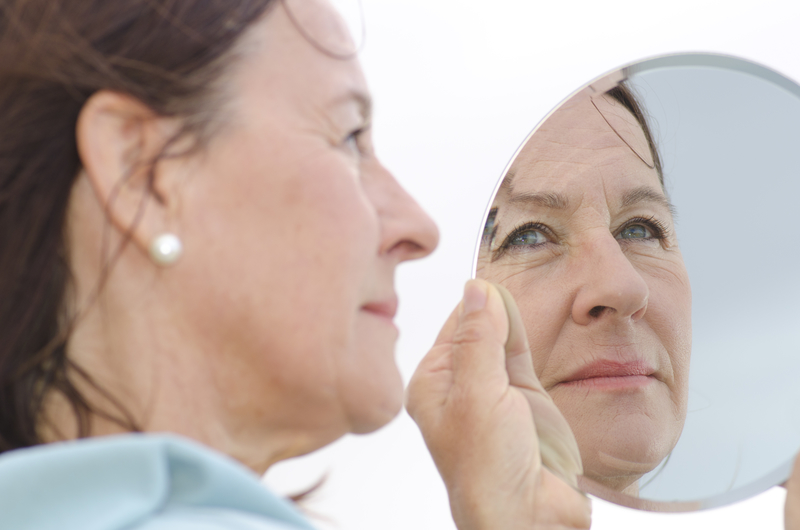



Difference Between Age Spots And Cancer Age Spots Vs Cancer




Actinic Keratosis Pictures Causes And Prevention




Skin Problems Weird Conditions Associated With Aging




Skin Disorders In Older Adults Benign Growths And Neoplasms Consultant360




Actinic Keratosis Pictures Symptoms And Causes Today



Squamous Cell Carcinoma




Age Spot Removal Or Seborrheic Keratosis Brandon Dermatology




Actinic Keratosis Signs And Symptoms




Age Spots Seborrheic Keratosis Treatment In Miami Fl Miami Dermatology And Laser Institute
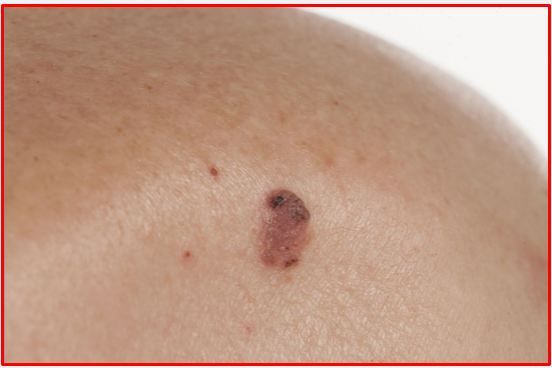



Actinic Keratosis And Squamous Cell Carcinoma Photodamage In Progress
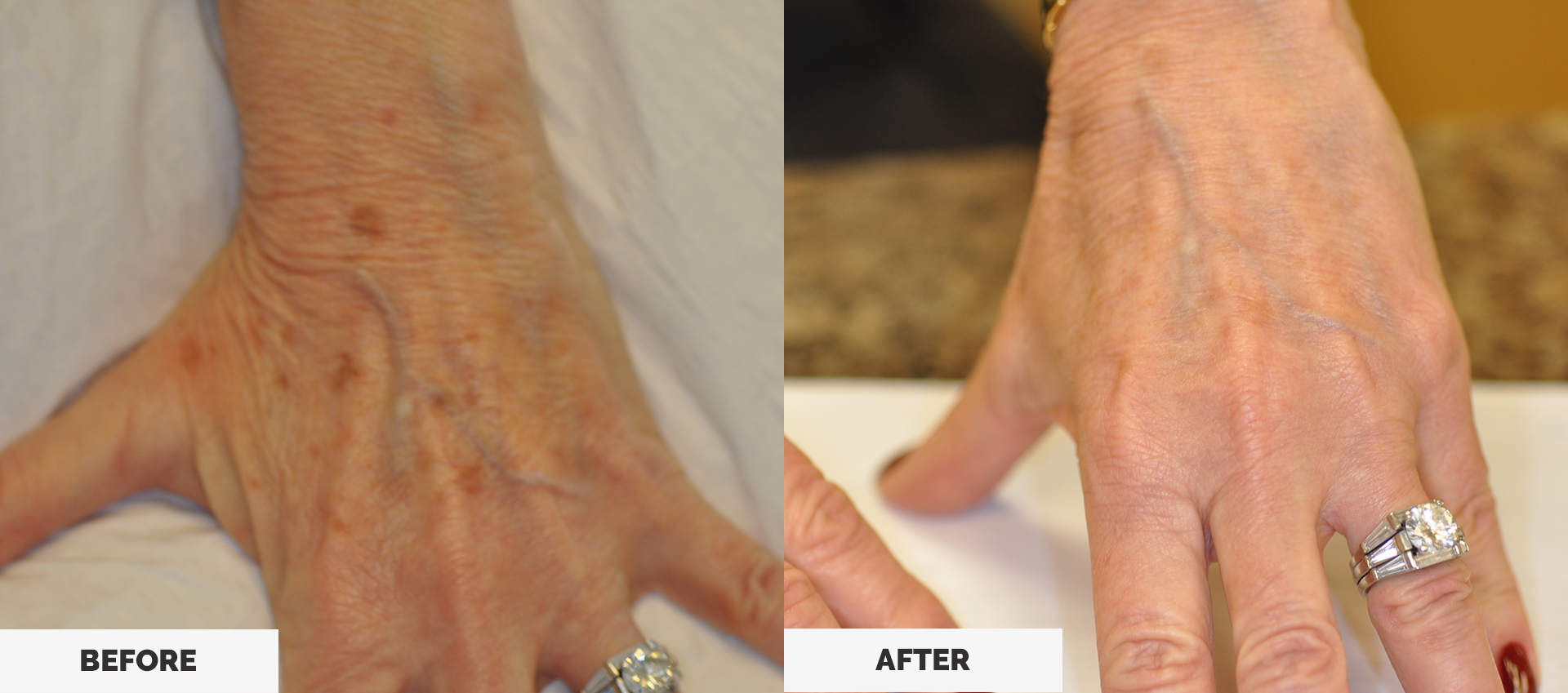



Brown Red Spot Removal Procedures Vivida Dermatology



Derma Skin Care Clinic Medispa Serving West Bend Wi Milwaukee Wi Mequon Wi Germantown Wi And Surrounding Areas
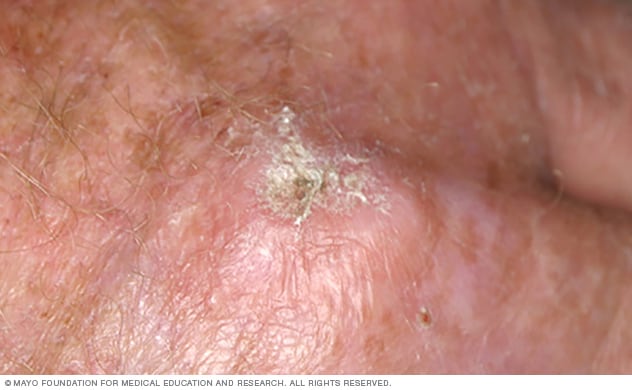



Actinic Keratosis Symptoms And Causes Mayo Clinic




Seborrhoeic Keratoses Spot Check Clinic



Melanoma Seborrheic




Age Spot Removal Or Seborrheic Keratosis Brandon Dermatology



0 件のコメント:
コメントを投稿